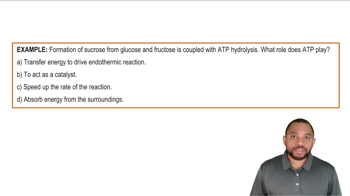Using the energy values for foods (see TABLE 3.7), determine each of the following (round off the answer for each food type to the tens place):
d. the grams of fat in one avocado that has 405 kcal, 13 g of carbohydrate, and 5 g of protein
 Verified step by step guidance
Verified step by step guidance Verified video answer for a similar problem:
Verified video answer for a similar problem:

